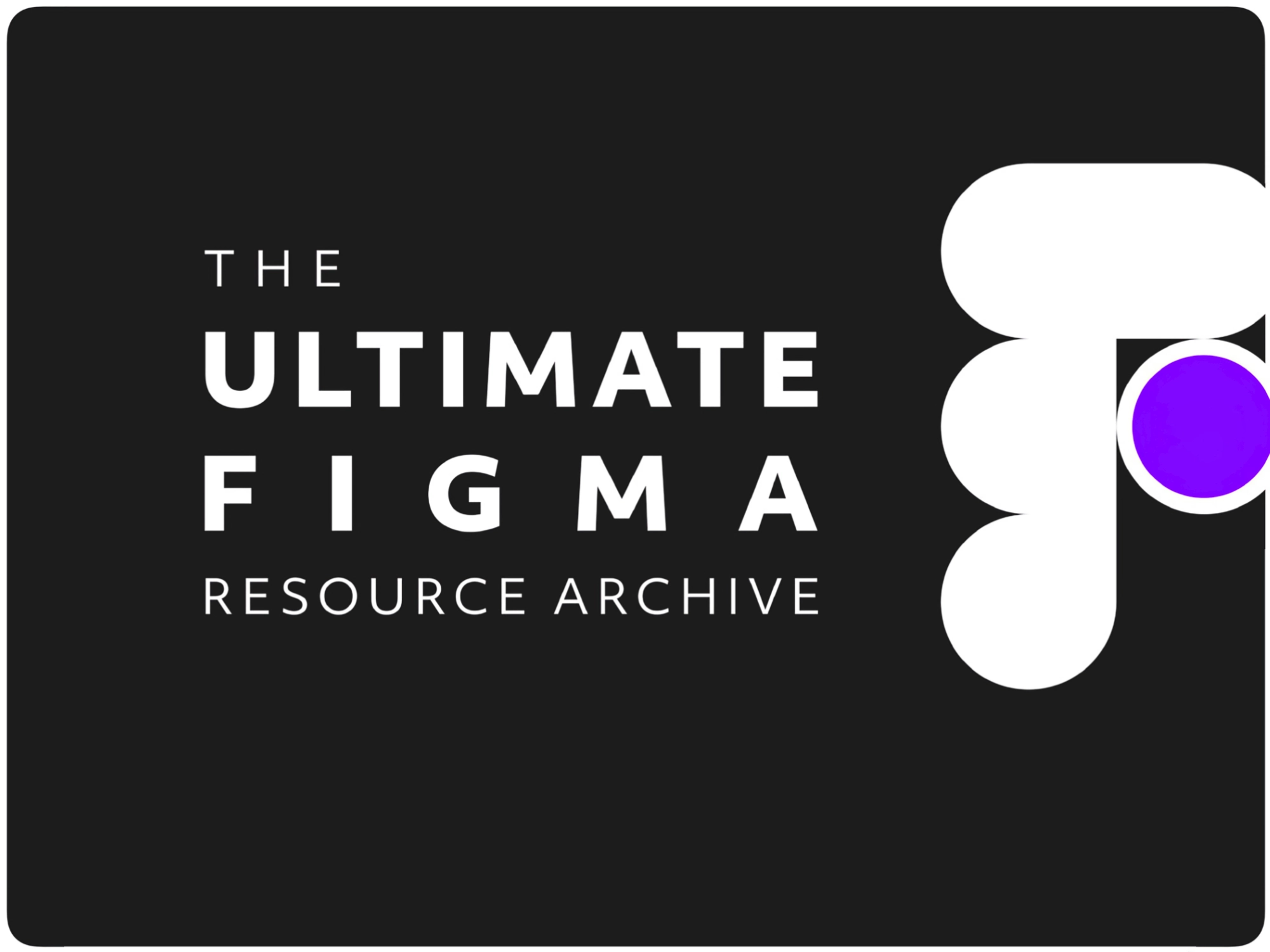The Challenges of Freelancing
Harsh truths for freelancers and agencies.
I’ve sold $15,000,000+ in design projects in the last 4 years. Here’s some harsh truths.
- Big companies with big budgets pay for security
- Small companies with small budgets pay for flexibility
- Freelancers will make money helping agencies. Agency partners will make more
- AI will won’t help small studios win bigger clients, they’ll still pay a premium for security
- $5k/mo is bad deal for both sides
- Fixed-cost / fixed-timeline is about to be the most lucrative way to structure projects for mid-size agencies +
- <$50k projects want upfront rates for flexible time, >$50k projects want predictable cost + time
- Async-only leads to low impact work. Real results require collaboration
- Trello boards aren’t process. Process matters.
- Design subscriptions are fading fast. Too many customers got bad results. Design twitter ruined what should be a good model
- Agencies/freelancers with huge distribution can charge an audience premium
- Agencies need to start giving equity to employees
- Agency > Venture Studios will do a lot more equity/cash deals to ship products
- Procurement teams are still the final boss for agencies <15 ppl
- Sites that win Awwwards pay 10x less than “boring” enterprise. Enterprise is where the money is.
- RFPs are represent bad clients. Avoid.
What did I miss?
Design agencies never hit big revenue numbers until they add engineering. Revenue then becomes a 70/30 split with engineering dominating. At that point are you even a design shop? But you all aren’t ready to have the conversation yet.
-
Big Companies Pay for Stability:
Large corporations with substantial budgets prioritize stability and security above all else. They are willing to invest heavily in proven solutions and providers to minimize risks and ensure reliability. -
Small Companies Value Adaptability:
Smaller businesses, constrained by limited financial resources, are more focused on flexibility. They need service providers who can adapt to their needs within their budget constraints. -
Freelancers as Agency Support:
Independent freelancers can earn a good income by partnering with agencies to fulfill specific project needs. However, the lion’s share of the profits often goes to the agency owners or partners who manage these collaborations. -
AI’s Limited Impact for Small Studios:
Artificial intelligence is unlikely to be a game-changer for small studios aiming to secure large clients. Enterprises will continue to prioritize providers who offer proven security and reliability, paying a premium for these guarantees. -
$5,000 Monthly Retainers Don’t Work:
Retainers set at $5,000 per month are often misaligned with the needs of both clients and agencies. They tend to result in unmet expectations and insufficient value on both sides. -
Fixed-Cost Projects Are Key for Agencies:
Fixed-cost, fixed-timeline pricing models are emerging as the most profitable approach for mid-sized agencies. These structures align expectations and simplify project management. -
Budget-Specific Preferences:
Projects with budgets under $50,000 generally seek upfront pricing with flexible timelines to accommodate changing needs. On the other hand, larger projects exceeding $50,000 require clear predictability in both cost and timeline. -
Collaboration Beats Asynchronous Workflows:
Solely asynchronous workflows, while convenient, tend to produce less impactful results. Meaningful outcomes require real-time collaboration and active teamwork. -
The Importance of Defined Processes:
Simply relying on tools like Trello does not equate to having a robust process. A well-structured and clear process is essential for maintaining quality and efficiency. -
The Decline of Design Subscriptions:
Design subscription services are rapidly losing favor due to poor client experiences. Many customers received subpar results, and negative narratives on social media platforms have further tarnished the model. -
Premium Pricing Through Influence:
Agencies and freelancers with significant reach, visibility, or influence can command higher rates. Their audience and reputation allow them to charge a premium for their services. -
Equity as Employee Incentive:
To attract and retain top talent, agencies should start offering employees equity in the company. This not only motivates staff but also aligns their success with the agency’s long-term growth. -
Agency-Driven Venture Studios:
Agencies evolving into venture studios are likely to pursue more equity-and-cash deals. This approach helps them partner in launching innovative products while sharing in the long-term rewards. -
Procurement Teams Are a Major Barrier:
For smaller agencies with fewer than 15 employees, navigating procurement teams remains a significant challenge. These teams often act as gatekeepers, making it difficult to secure large contracts. -
Enterprise Clients Pay Far More:
Projects that win creative awards, such as those recognized by Awwwards, often generate significantly less revenue than enterprise-focused work. While less glamorous, enterprise clients represent the most reliable and lucrative income source. -
Avoid RFPs:
Requests for Proposals (RFPs) are typically a warning sign of difficult clients. Engaging with RFP-based opportunities often leads to frustration and wasted resources, making them best avoided.
What's Your Reaction?













![[VIP] DesignCode: Build Beautiful Apps with GPT-4 and Midjourney](https://design.rip/uploads/cover/blog/designcode-gpt4.webp)
![[VIP] AppCoda: Mastering SwiftUI - Professional Packet (Updated 04.2023)](https://design.rip/uploads/cover/blog/appcoda-mastering-swiftui-professional-packet-worth.webp)
![[VIP] AppCoda: Beginning iOS Programming with Swift (Updated 04.2023)](https://design.rip/uploads/cover/blog/appcoda-beginning-ios-programming-with-swift.webp)
![[VIP] Whoooa! 156 vector Lottie animations](https://design.rip/uploads/cover/blog/whoooa-156-vector-animations.webp)









